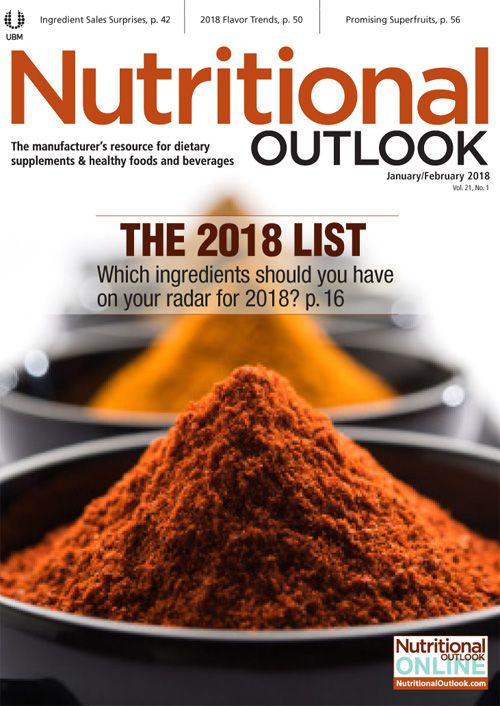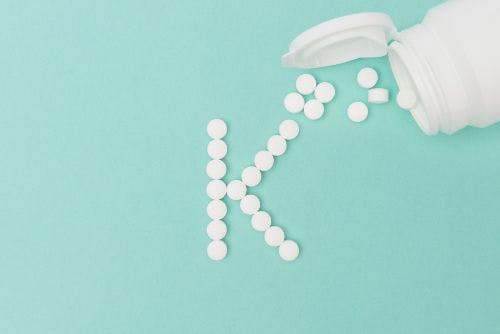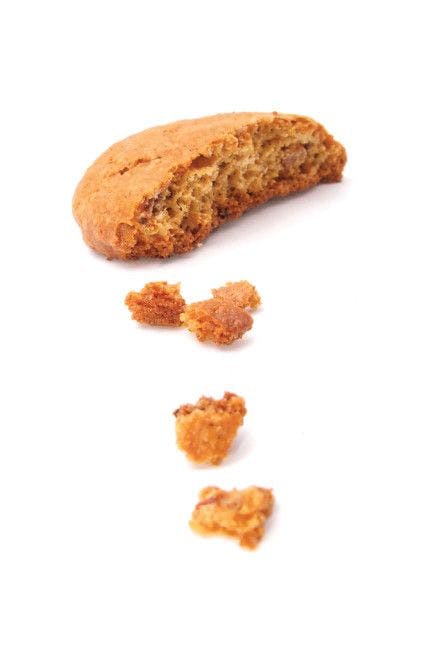2018 Ingredient Trends to Watch for Food, Drinks, and Dietary Supplements: Probiotics
With new delivery formats, increased consumer awareness, and benefits beyond gut health, probiotics' star continues to rise.
Photo © iStockphoto.com/VikaValter

After impressive 2016 sales landed probiotics a spot on last year’s list of ingredients to watch, it’s clear that probiotics continue to shine. SPINS tells Nutritional Outlook that in 2017, probiotic supplements were once again the number-one bestselling ingredient in both the natural and specialty gourmet channels, with 4.0% and 10.6% growth, respectively. In the mainstream multi-outlet channel, probiotics again came in at number two, with 3.7% growth (SPINSscan Natural, SPINSscan Specialty Gourmet, Conventional Multi-Outlet [powered by IRI], 52 weeks ending November 5, 2017).
Michael Bush, president, CEO, Ganeden (Cleveland), points to data from Global Market Insights indicating that the global market for probiotics is projected to exceed $64 billion by the year 2023. New probiotic products are launching daily, he says. It seems that probiotics’ popularity is, at this point, a given.
So, what’s behind this growth? Dan Lifton, president, proprietary branded ingredients group, Maypro (Purchase, NY), says the probiotic category’s rapid growth is a perfect storm of consumer awareness about probiotics’ broad health potential and “how easy it is to make sure they’re getting enough probiotics via foods, beverages, and standalone supplements.” Says Lifton: “Put all of these…concerns together…and you have a marketplace and a consumer base all pointing in one direction: to probiotics.”
Beyond Digestion
While probiotics’ gut-health benefits have been studied for decades, consumers are taking note of the mounting research that supports probiotics’ benefits beyond digestive health. A team from Elite One Source Nutritional Services (Missoula, MT)-Jennifer Schall, director of product engineering, Stan Bieniecki, product engineering formulation manager, Debra Tailfeathers, product engineering formulation, materials/vendor compliance, and Doug Lefler, director of client services-points to recently published studies showing probiotics’ potential not only to support the digestive system, but also to help “relieve stress, protect teeth, help reduce blood pressure, improve the appearance of the skin,” and more.
SPINS data bolsters this viewpoint. While digestion has the biggest piece of the pie (with U.S. sales of $606,071,111 at U.S. conventional multi-outlet stores, for instance) among the most common health focus areas for probiotics, general health, cleanse and detox, urinary tract health, and energy support round out the top five (SPINSscan Conventional Multi-Outlet [powered by IRI], 52 weeks ending November 5, 2017).
Missy Lowery, head of integrated markets, Capsugel, a Lonza Company (Morristown, NJ), tells Nutritional Outlook that niche markets also stand to win big by promoting probiotics’ other health benefits. For example, she says, “the active nutrition/sports nutrition market is learning about potential benefits of probiotics to possibly stave off respiratory infection, improve aerobic fitness, manage inflammation, and enhance amino acid uptake and absorption for strength gains.” The healthy-aging market, meanwhile, is “showing interest in probiotics for skin health, oral health, immunity boosting, and respiratory health.”
What Shoppers Want
To meet the demands of new or niche markets while satisfying consumers who have come to expect options, manufacturers are exploring alternative delivery systems and honing existing formats. A few key criteria emerge: convenience, stability, and efficacy. Says Lifton: “Consumers don’t want horse pills and crave versatility in their probiotics: meaning ease of use and in a variety of forms: in functional foods and beverages, soft gels and more.”
That consumers are keen on convenience may come as no surprise. Bush says that consumers are “looking for delivery options that easily fit into their daily lifestyle and meet dietary preferences…they want probiotics in products that they’re already consuming daily-and in a range of choices. Maybe it’s a coffee one day or a snack the next-they’re looking for variety and an array of probiotic options to choose from.” From fortified food and beverages to microencapsulated probiotic ingredients, capsules, gummies, and more, consumers certainly have options.
New Technologies on the Rise
Incorporating probiotics into novel delivery systems, however, is easier said than done. Many of the companies Nutritional Outlook spoke with for this story note that stability is likely to remain a key concern for manufacturers going into 2018. During the tableting process, Lowery says, pressure and heat can compromise a probiotics’ stability. In addition, she says, transportation, length of time in storage, exposure to moisture, and changes in temperature can also wreak havoc on a probiotic before it finds its way into a consumer’s shopping basket.
Bush says that shelf-stable strains like Ganeden’s proprietary Bacillus coagulans GBI-30, 6086 strain (GanedenBC30) enable manufacturers to offer a wider array of probiotic-fortified products. According to Bush, GanedenBC30 can survive “most manufacturing processes, allowing [GanedenBC30] to be fortified into everyday foods and beverages.”
Lifton says spore-forming bacterium (such as Maypro’s lyophilized ProDura Bacillus coagulans strain) overcome formulation challenges by virtue of a protective casing that is “stable at room temperature for up to three years’ storage and is only activated with the proper conditions of heat, pH, and moisture that are found in the large intestine.”
Capsules, meanwhile, offer consumers yet another way to reap probiotics’ myriad health benefits. Capsugel and Elite One Source are addressing the manufacturing challenges that plague probiotic ingredients head on with offerings centered around the idea that capsules are both easy and effective.
Capsugel currently offers four encapsulation technologies (Vcaps Plus, DRcaps, DuoCaps, and Coni-Snap Sprinkle capsules) that Lowery says avoid many probiotics formulation and delivery hurdles.
Contract manufacturer Elite One Source also notes that ease-of-use of capsules and chewable tablets rank high on consumers’ priority lists. In response, the company debuted a chewable probiotic tablet last fall at SupplySide West 2017.
Pharmachem’s proprietary Microbac lipid-coating technology, meanwhile, “helps protect the shelf life of the probiotic when used in formulations that contain ‘non-friendly’ ingredients,” like enzymes or acidic ingredients, explains Ralf Jäger, PhD, FISSN, CISSN, and consultant for Pharmachem Laboratories (Kearny, NJ). Microencapsulation technology, he adds, helps ensure that the probiotics survive passage through the stomach and upper intestines, and thus enables manufacturers to incorporate probiotics into chocolates, drops, or yogurt shots.
Says Jäger: “Delivery formats allowing for easy and exact dosing are crucial for successful probiotic products, specifically for infant and children.” Delivery formats like gummies, drops, and the like, he says, may gain even more traction in the year to come.
With a wide-ranging lineup of pick-your-probiotic formats, 2018 is sure to ring in continued category success.
2017 Ingredient Trends to Watch for Food, Drinks, and Dietary Supplements:

Prinova acquires Aplinova to further increase its footprint in Latin America
April 7th 2025Prinova has recently announced the acquisition of Brazilian ingredients distributor Aplinova, which is a provider of specialty ingredients for a range of market segments that include food, beverage, supplements, and personal care.

























